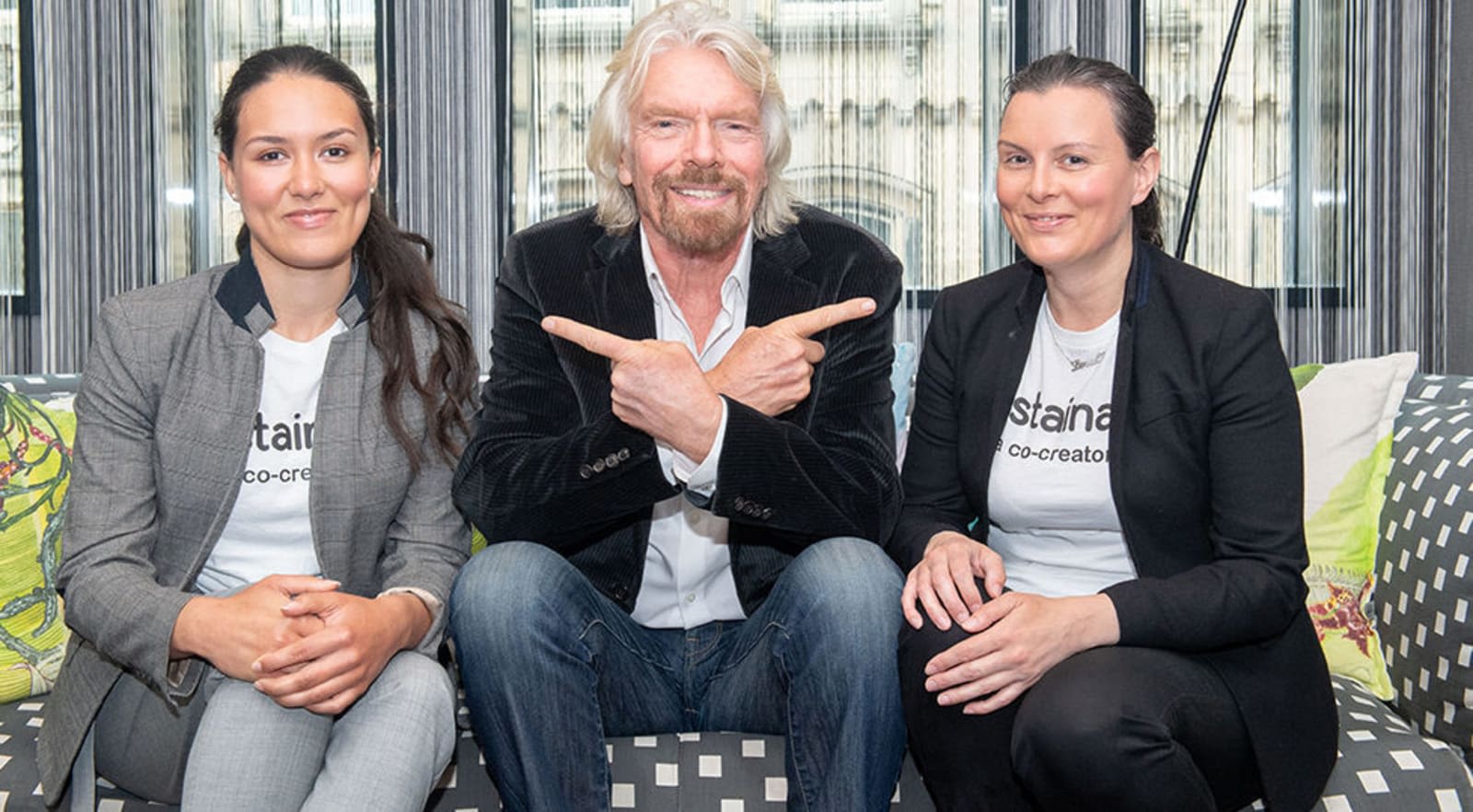Autocratic, democratic or laissez-faire - what’s your leadership style?
Are you an autocratic, laissez-faire, or transformational leader? From Kurt Lewin’s 1939 leadership framework research, to more modern ideas about transformational leaders, there are almost as many styles of leadership as leaders.
But not all styles will be a fit for every situation. The best leaders are the ones who can adjust their style, according to their role, their team and the situation. We look at the main traits of some differing styles of leadership, and how they could affect your working relationships.
Lewin’s Leadership Styles
Lewin’s framework defines three styles of leadership, particularly around decision-making; autocratic, democratic and laissez-faire.
Autocratic leaders make all the decisions themselves. They do not consult their team, or let them make decisions. Once the decision has been made, they impose it and expect obedience.
Democratic leaders take an active role in the decision-making process but they involve others. They carry the responsibility for seeing that the decisions made achieve the desired outcomes for group members.
Laissez-faire leaders have very little involvement in decision-making, mostly leaving everything up to their team. As long as the group members are capable and motivated this can work, but can create problems if not.
In Lewin’s experiments he discovered that the most effective style of leadership was democratic leadership. Democratic leadership encourages a free flow of ideas to aim for creative solutions. Overly autocratic leadership styles led to revolution, whilst under a laissez-faire approach, people did not work together and did not work as hard as they did when being actively led.
Introducing transformational leadership
If you don’t recognise yourself as falling into any of these categories, don’t worry, more recent research has recognised a variety of leadership styles which may be more appropriate to modern team-working.
The concept of transformational leadership was introduced by James V. Downton who coined the term in 1973, the concept was further developed by leadership expert James M. Burns in his book ‘Leadership’ in 1978. According to Burns, what distinguishes transformational leadership is when ‘leaders and followers help each other to advance to a higher level of morale and motivation’.
Transformational leaders inspire people because they expect the best from them, they communicate a shared vision, they are self aware and highly empathetic, and understand how to get the best from all members of their team.
Blending leadership styles
Gill Kirk is a UK-based communications expert who set up Lyric Communications in 2005, after 12 years in public affairs, campaigning and strategic communications. She advises FTSE 100 companies, charities, campaigners, community groups and regulators on strategy, narrative, writing skills, political communication and public speaking.
Kirk gives an example of a leader who shows both transformational and democratic traits in his leadership: "I’ve been really lucky to work with some great leaders from many sectors, but I’d single out Mike Clasper (CBE, now Chairman of Coats). He was my Chief Exec when I worked at BAA a few years back. He was always happy to share his own learnings and tell you what had worked for him and why. He knew himself well and was happy in his own skin. That solid confidence from a leader inspires a team, because you know you’re in good hands. A bad leader doesn’t know themselves at all. That makes people feel unsafe."
But she has also experienced leaders who tend more towards laissez-faire or autocratic styles and gives an example; "Because he didn’t have the same strengths as a member of the team, this director talked over colleagues in front of his clients and over-ruled juniors’ judgements. Over time, he lost several major clients who felt the team lacked cohesion and direction. He was palmed-off on an unsuspecting rival company a few years later, with a good reference."
Gill Kirk adds; "We’re all human, and good leaders remember that. Bad leaders pretend they’re super-heroes and end up flying into the pavement from a great height (taking everyone with them).
"If you think about good leaders you know, it’s clear that the best are those who’ve made the effort to get to know themselves. They reflect regularly on what works and what doesn’t and want to know why - not just in the organisation or the outside world, but within themselves. They know they have flaws and work to overcome them. That’s a rocket-booster for their empathy levels, which in turn helps them create great businesses. If a leader can face up to and deal with their own demons, they create a virtuous circle, with their team and for the whole organisation."
This is a guest blog and may not represent the views of Virgin.com. Please see virgin.com/terms for more details.




